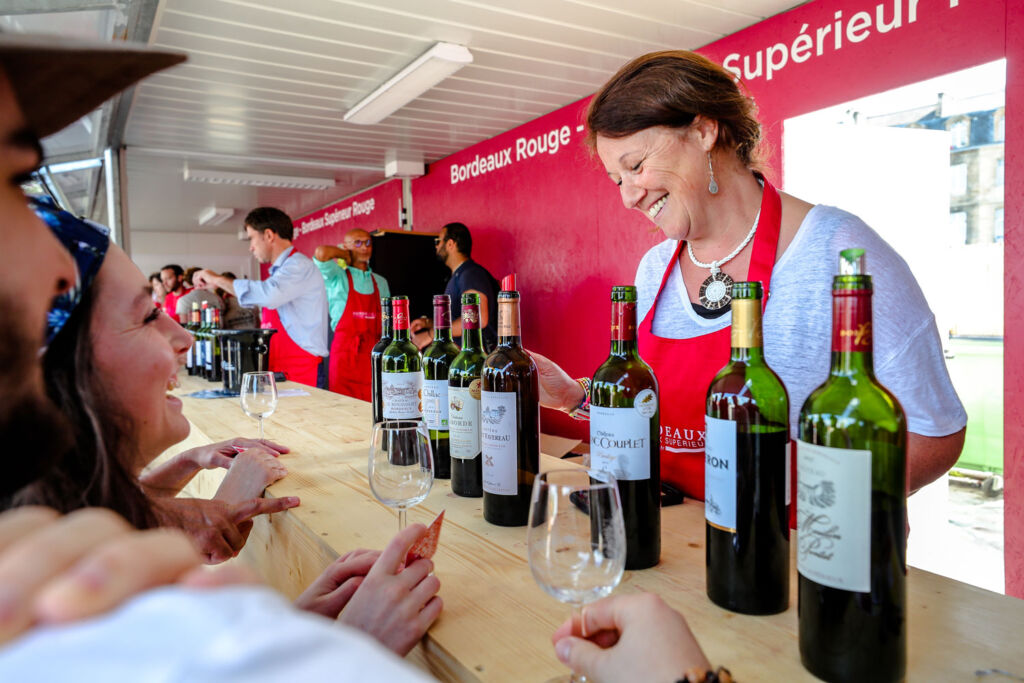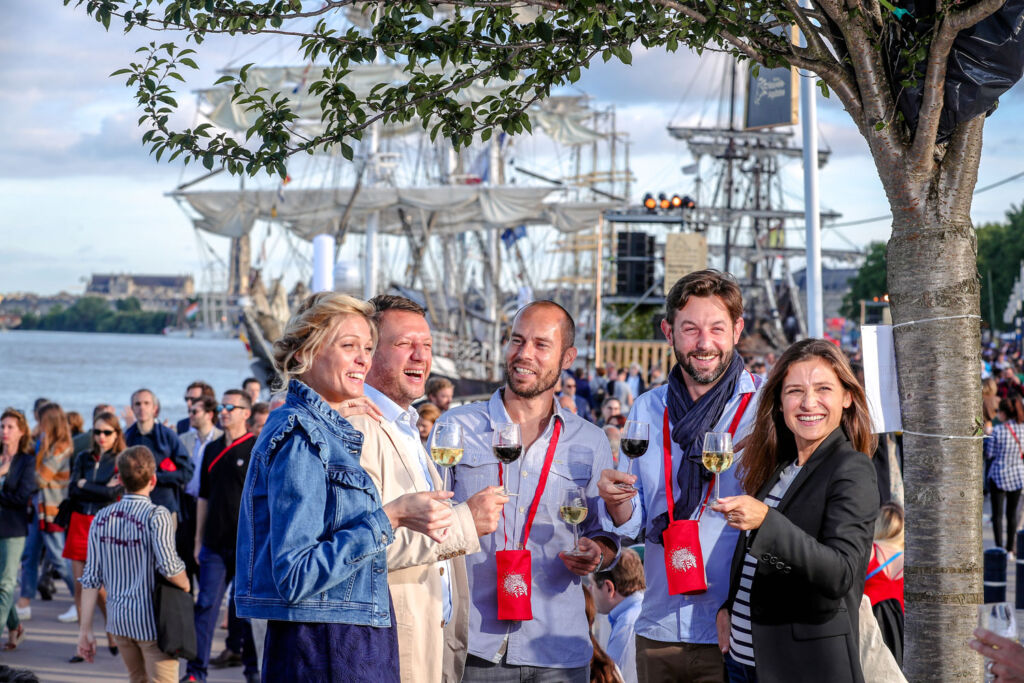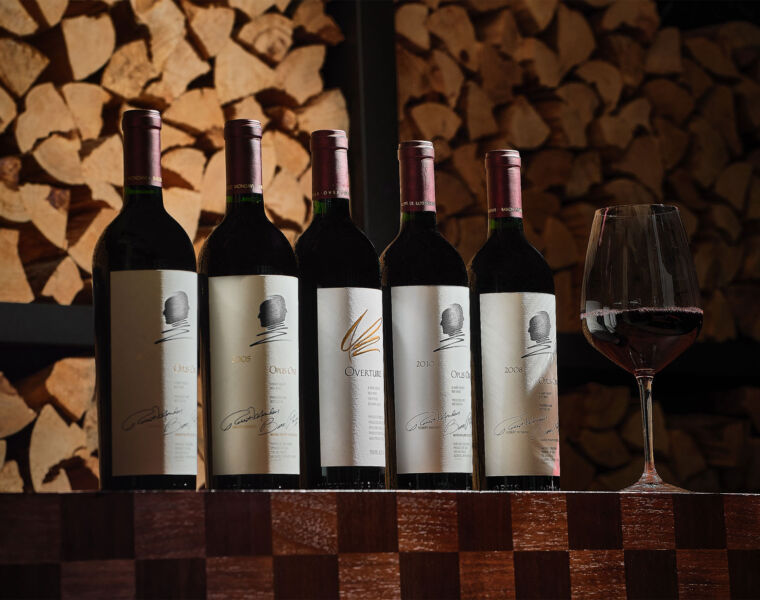
The red grape supporting artists
Well-known and well-loved in their own right across many regions of the world, four other red grapes are still grown in Bordeaux that are used like spices in cookery, to add extra complexities to these famous red blends. There’s Cabernet Franc, which brings acidity and a herbaceous note, Malbec, which brings structure and cocoa powder aromas, Carménère, which boosts the blackcurrant and Petit Verdot, which has a stunning colour concentration and red berry perfume.
The new red grapes of Bordeaux
To this list, we can now add four other red grapes, all chosen for their potential to deal well with the different ripening periods and growth cycles that Bordeaux is seeing in the face of climate change. These are Arinarnoa, Castets and Marselan, which all hail from Southern France and Touriga Nacional, the Portuguese red grape used for making Port.
Arinarnoa, a cross between Tannat and Cabernet Sauvignon, brings structure, with firm tannins and acidity, Castets offers good, deep colour and can handle higher alcohol, Marselan, a cross between Cabernet Sauvignon and Grenache Noir, brings body, colour and suppleness and with Touriga Nacional, we get lots of black fruits and fig, colour, tannin and an incredible ability to age.

These new varieties, along with the new white grapes, are being planted now and will go into the Bordeaux Supérieur AOC level wines, which sit at the more accessible range of Bordeaux (rather than the likes of Margaux and Paulliac) and are generally fruit-forward and easy-to-drink, meant for drinking straight away rather than keeping for years in a cellar.
The superstar white grapes of Bordeaux
The dynamic grape duo for white wines in Bordeaux (including the sweet wines) comprises Sauvignon Blanc and Sémillon. Sauvignon brings a zesty, cistrussy acidity and grassy aromatics; the freshness of a wet English garden perhaps, whereas Sémillon brings a limey waxiness, a fuller body and ageability. Together, they cover all bases and make a great blend but we are also seeing them more and more as single varietal wines, standing alone in the bottle.
The new white grapes of Bordeaux
The supporting acts for Sauvignon Blanc and Sémillon to date have been Sauvignon Gris, Muscadelle, Colombard, Ugni Blanc, Merlot Blanc (yes!) and Mauzac, which all add nuances of fruit flavour, floral aromatics and body. They welcome into the fold new grapes (for Bordeaux) Alvarinho and Liliorila.
The former is a white grape hailing from the Iberian peninsula, most notably from Vinho Verde in Portugal and Galicia where it’s known as Albariño and can maintain bone dry acidity and freshness in warmer climes. The latter, Liliorila, is a lesser-known grape from Southern France which has been praised particularly for its elegant aromatics.
What all these new grapes (the reds and the whites), tend to have in common is a strong ability to handle water stress, to ripen later and the ability to hold onto aromatics as the temperatures climb. It’s important to note that any wine can only contain a maximum of 10% of these new wine grapes, both for the red and the white, so flavour profiles are unlikely to change too drastically.
![]()




You must be logged in to post a comment.